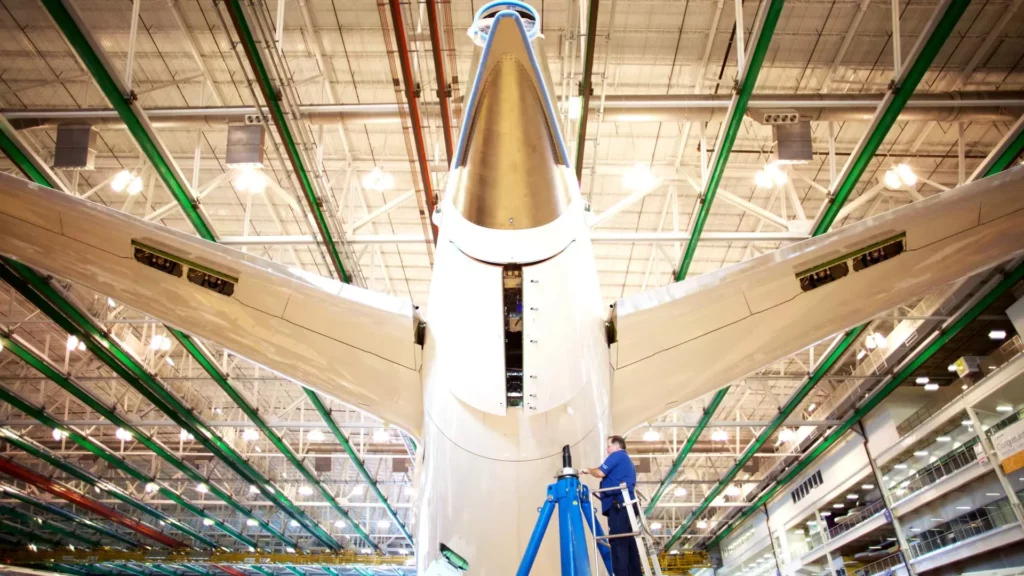![]()
Boeing faced a significant backlash recently when one of its engineers, Sam Salehpour, brought to light allegations of shortcuts being taken in the production of the 787 Dreamliner and 777 aircraft. Salehpour claimed that the excessive stress placed on airplane joints during assembly could potentially compromise the lifespan of these planes. Despite Salehpour’s claims, Boeing vehemently denied the allegations, asserting that they were inaccurate and maintaining their confidence in the safety of the planes.
These allegations surfaced at a time when Boeing was already under intense scrutiny following an incident involving a 737 Max plane in January. The door plug blowing out at 16,000 feet on the best-selling narrow-body aircraft raised serious safety concerns, prompting the Federal Aviation Administration to restrict Boeing from increasing production of the plane. In light of these events, Salehpour and another whistleblower are set to testify at a Senate hearing focusing on Boeing’s safety culture.
Stress and Safety Tests
Boeing engineering managers detailed the rigorous stress and safety tests conducted on the 787 Dreamliner, including subjecting the plane to 165,000 cycles to simulate flight conditions. Additionally, tests, such as striking the fuselage skin with a 300-pound pendulum, were conducted to assess the plane’s durability. Despite Salehpour’s claims regarding structural integrity, Boeing emphasized that extensive testing had been conducted to ensure the safety and quality of their aircraft.
Salehpour’s allegations regarding the assembly process of the 787’s carbon composite fuselage highlighted concerns about gaps not being properly measured and pieces being forcefully joined together. These claims raised questions about the accuracy of Boeing’s manufacturing processes and the potential impact on the long-term safety of the aircraft. The FAA is currently investigating these allegations to determine the validity of Salehpour’s claims.
Response from Boeing
Boeing refuted Salehpour’s allegations regarding the structural integrity of the 787, stating that the issues raised had been thoroughly examined by engineers under FAA oversight. The company emphasized its commitment to ensuring the quality and safety of its aircraft and dismissed Salehpour’s claims as inaccurate. Furthermore, Salehpour’s lawyers accused Boeing of retaliating against him for speaking out by excluding him from meetings and transferring him off the 787 program.
The controversy surrounding Boeing’s safety testing practices raises serious concerns about the integrity and reliability of their aircraft. As the company faces scrutiny and allegations of misconduct, it is essential for Boeing to address these issues transparently and take the necessary steps to uphold the safety standards expected in the aviation industry. The outcome of the ongoing investigations will be crucial in determining the validity of the claims made by whistleblowers like Sam Salehpour and ensuring the trust and confidence of passengers in Boeing’s aircraft.

Leave a Reply